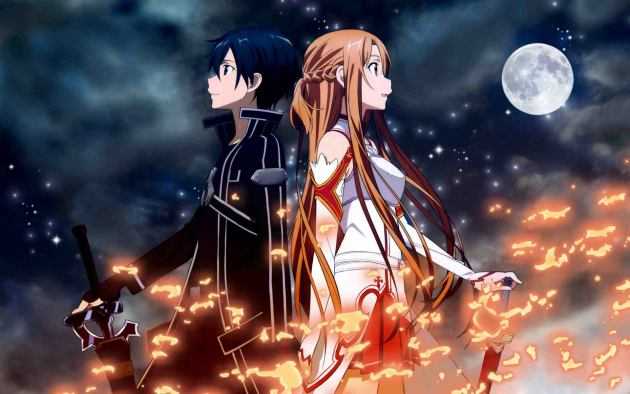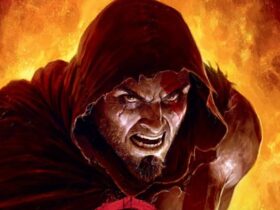Welcome back to the appointment dedicated to anime, in particular those in the VVVVID catalog, and to their comparison with manga: today we present Sword Art Online, by Reki Kawahara
The long Japanese tradition has products of the highest quality, as well as many other bad ones; we say that it is the natural law that governs the cinematography of every country, without making exceptions.
When we are going to read a manga, analyze its anime, and comment on it with friends, we do the exact same thing as when we discuss the similarities and differences between a book and a film inspired by it. It also happens that the judgment given to a series or film completely splits the criticism in half, generating very distinct alignments.
This is the case with Sword Art Online, on whose franchise we’ve heard all sorts of things over the past eight years.
Sword Art Online is a light novel series written by Reki Kawahara and illustrated by abec. The story follows the events of Kazuto Kirigaya, a young online gamer, who in the near future experiences the first virtual reality MMORPGs.
Reki Kawahara originally wrote the series in the form of web novel on his website from 2002 to 2008. From the original work they derive the manga published by Kadokawa, two series of light novel spin-offs, a movie e numerous video games. A anime adaptation of twenty-five episodes, produced by A-1 Pictures, it aired in Japan in 2012 (which was followed by two more seasons). While, one summary television special, called Extra Edition, was released in 2013.
The anime is available for viewing on VVVVID, Netflix e Amazon prime.
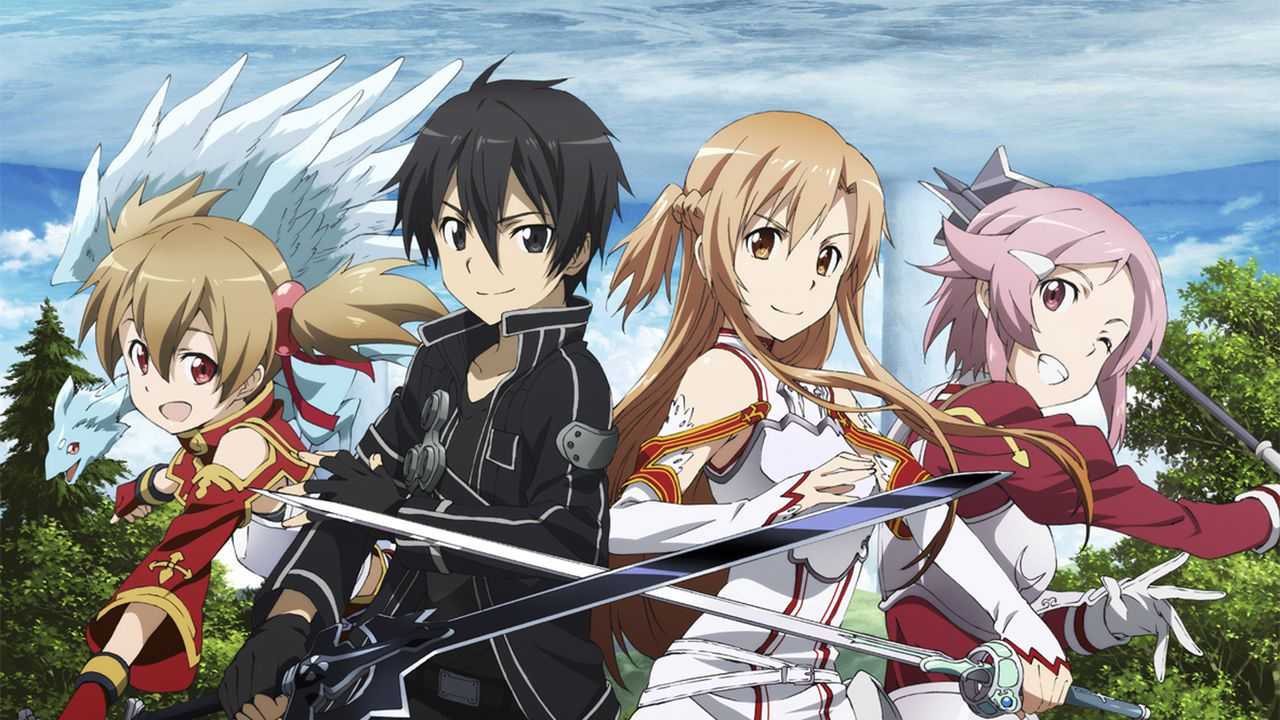
Trama | Sword Art Online at Reki Kawahara
Kazuto “Kirito” Kirigaya, a programming genius, enters an interactive virtual reality with plurality of players (a “massively multi-player online” or “MMO” reality) called “Sword Art Online”. The problem lies in the fact that, once entered, only winners can come out by completing the game, because the game over is equivalent to certain death of the player. Kirito works hard to complete the game on his own, but as time goes on he will pair up with a female player named Asuna, which he will fall in love with. Two years later, the protagonist discovers Kayaba’s identity in SAO, confronts him and defeats him once and for all, thus earning both his own freedom and that of the other players still alive.
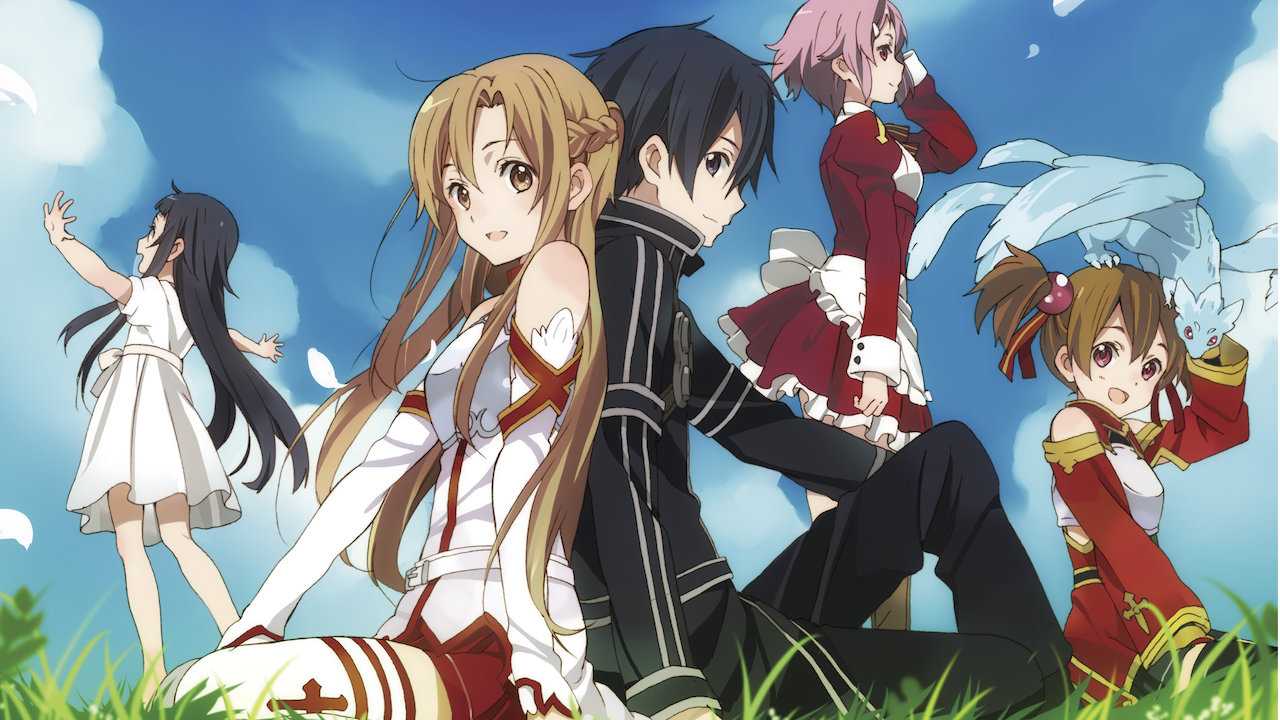
Virtual reality | Sword Art Online by Reki Kawahara
The anime adaptation wins the 2013 as best TV series of 2012 at the Tokyo Anime Award festival. In fact, the series excels for two specific reasons: the vision it gives of psychological aspects of the human psyche in a virtual world, e his sociological point of view about creating a realistic economy and society in the setting of a massively multiplayer online game.
From the first episode emerges the feeling of oppression that grips the characters stuck inside the game. The full awareness that virtual death corresponds in full to the real one. This problem, which amplifies belonging to a virtual reality on all levels, transforms the abstract into concrete, redefining the canons of what is lawful and not lawful to do.
Survival, undoubtedly, is the ultimate goal of all; but different strategies immediately emerge on the modalities of survival. This is how the typical mechanism of those who feel in danger is triggered: ally, fight together to safeguard each other, or eliminate anyone on the road to victory.
In this constant exchange of aid, the best moments of the entire series emerge. There are episodes dedicated to the protagonist’s encounters with other wandering players, which gave us moments of great psychological introspection. Fear of death, failure, obsession, disappointment and fright are only part of the whole emotional imagery put into play.
Time jumps
The big flaw of the series are frequent jumps in time; these mainly affect the multiple characters introduced from time to time in the self-contained episodes. In fact, the story of those who will later become recurring characters is barely sketched, giving the viewer the annoying sensation not to have fully understood the narrative importance and characterization of these characters.
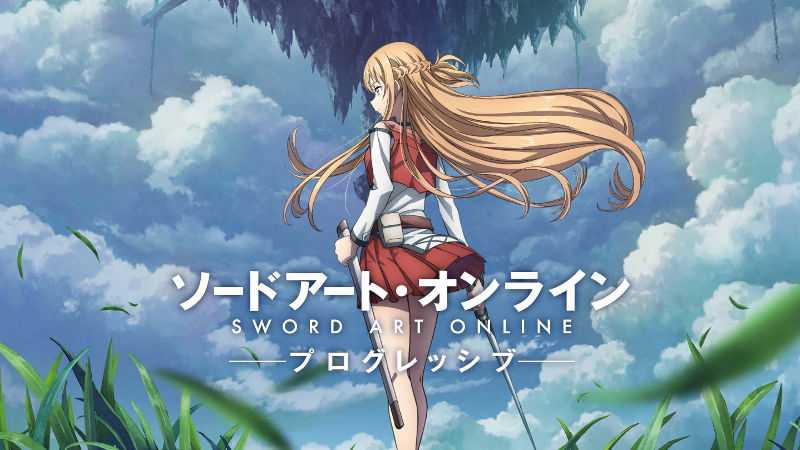
Two narrative arcs | Sword Art Online by Reki Kawahara
What emerges at the end of the first season linked to the world of Sword Art Online, is the thematic and rhythmic division of the series.
The first 12 Episode 1 they are almost entirely focused on presentation of the world, of the “game” modes and a first hint of characterization of the protagonists. The imminent danger of death that constantly looms over his characters, dictates the rules of rhythm, preferring a random introduction of new personalities, rather than the observation of the actual fights. Furthermore, the attention seems to want to focus also on another theme, the love one: these are the episodes that see the birth of the falling in love between Kirito and Asuna (even if, at times, their relationship evolves too suddenly) .
The second story arc in the seriesinstead shows a development almost completely opposite to the first. First of all, the temporal scan emerges more, given that the episodes occur taking into consideration the days and not, as in the first episodes, the years. Then, the insistent alternation between reality and virtuality, combined with the vicissitudes experienced by Kirito, leads the viewer to identify with each other much more; one is almost catapulted into the story, so strong is the emotional transport.

Conclusions
Sword Art Online it was and still remains today a product of indisputable quality.
Beyond a compelling storyline, which constantly confronts us with themes of strong emotional relevance, the series boasts a excellent artistic sector e a sublime sonorous accompaniment; all this, even after a few years, still stands up to comparison with more recent productions.
As it can happen, rarely but it happens, the work is taken from a light novel that became manga only later. The fear of losing the essence of the story, especially with multiple stylistic passages, could be a great risk; however, the matter was flawlessly contained: the nine manga adaptations of the series were all written by Reki Kawahara. Giving the fate of the work that made him famous around the world in the hands of the original writer was a smart and sensible move.
Ultimately, the success is all due to the genius mind of Reki Kawahara. It is only thanks to him that Sword Art Online is one of the best-selling light novel series in the world, with eight of its volumes at the top of the sales charts. Without neglecting the anime adaptation, awarded as best TV series of 2012 al festival Tokyo Anime Award 2013.






